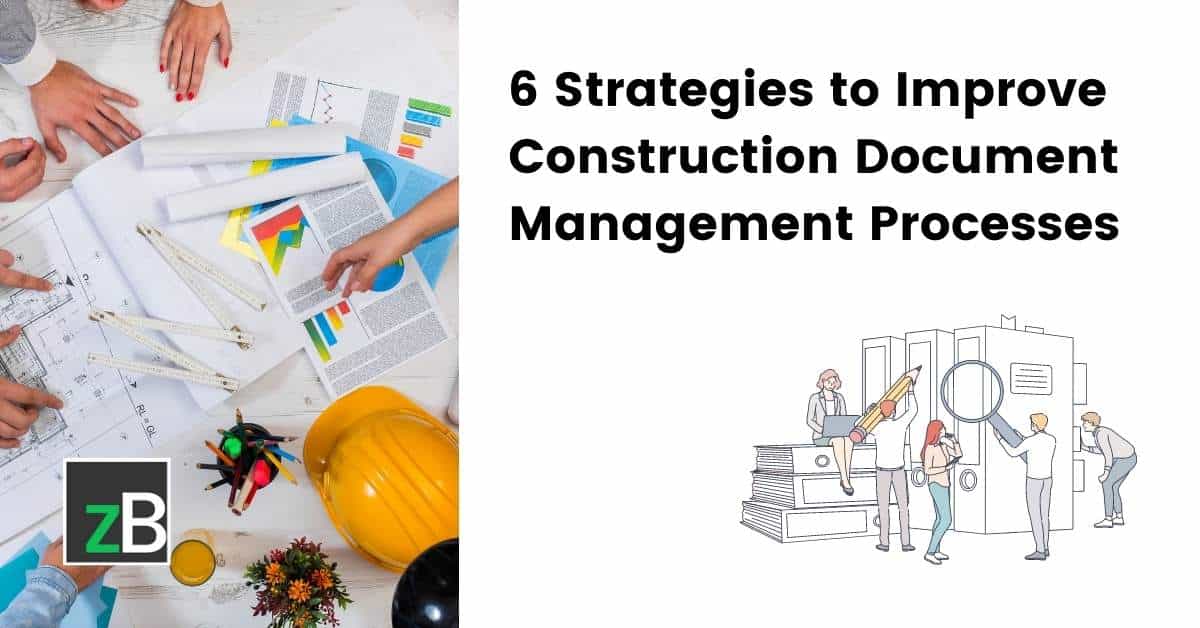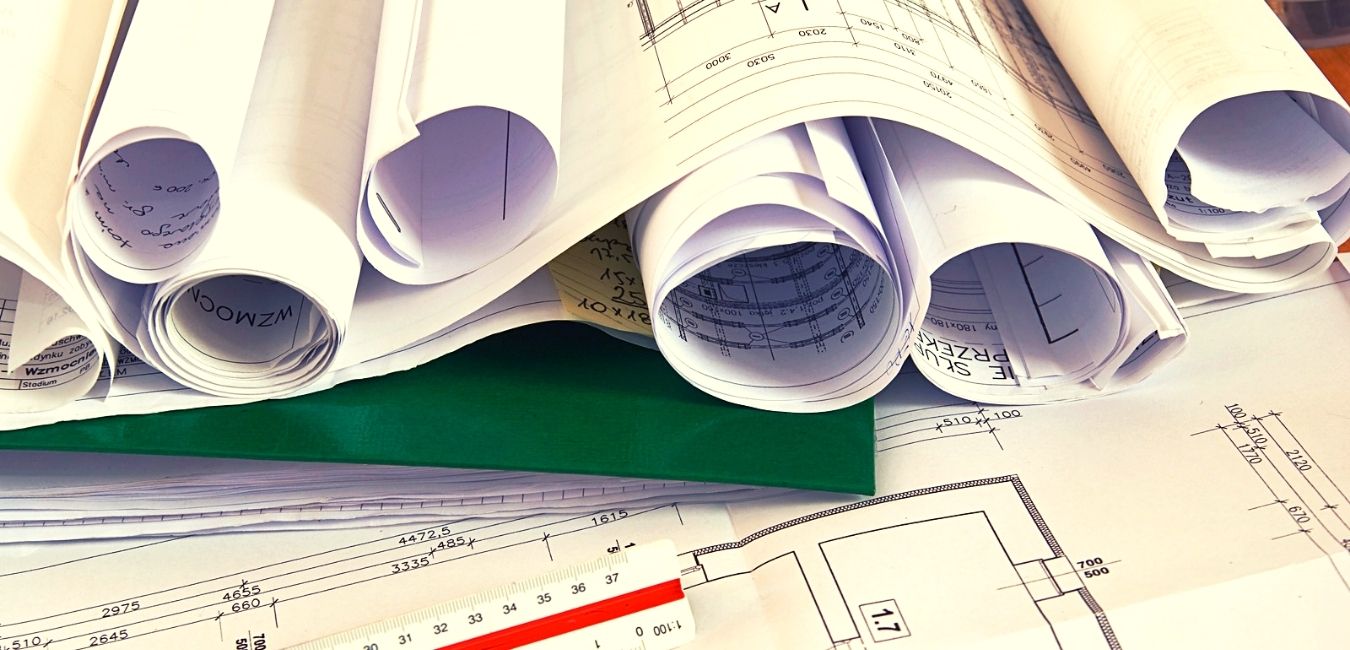Optimizing Job Partnership: Engineer's Best Practices in Construction Record Administration
In the elaborate realm of architectural jobs, the efficient monitoring of construction records stands as a foundation for success. Architects, with their careful attention to information and innovative style solutions, are charged with orchestrating a symphony of timelines, sources, and stakeholders. However, in the middle of this complexity lies a sixty-four-thousand-dollar question: how can architects enhance collaboration processes to improve project results? By discovering key methods such as leveraging cloud-based systems, establishing robust interaction methods, and ensuring data safety, architects can raise their record monitoring practices to new heights.
Leveraging Cloud-Based Platforms
Leveraging cloud-based systems is a fundamental strategy for modern architects in optimizing construction document management processes. By transitioning from typical paper-based systems to shadow remedies, engineers can simplify cooperation, boost record access, and boost total job effectiveness. Cloud-based systems offer architects the ability to store, share, and upgrade building and construction papers in real-time, guaranteeing that all staff member have accessibility to the most current details despite their place. This ease of access promotes smooth interaction and control amongst task stakeholders, bring about less errors and delays in the building process.
Additionally, cloud-based platforms supply a protected setting for storing delicate project info, offering file encryption, normal backups, and customer approval settings to protect information honesty. Designers can also profit from the scalability of cloud remedies, enabling them to readjust storage space capacity and performance based upon project demands. Overall, leveraging cloud-based systems encourages architects to enhance their building and construction file administration procedures, driving greater cooperation, efficiency, and success in their jobs.
Applying Variation Control Systems
Having established the advantages of cloud-based systems in building and construction file administration, engineers can currently boost their document control processes by executing Version Control Solution. Version Control Solution (VCS) are essential tools that track changes in files, making sure that group participants are constantly dealing with the most recent and most exact details. By implementing VCS, architects can maintain a centralized repository where all job papers are saved, making it possible for smooth cooperation while minimizing the risk of mistakes and variation conflicts.
One key advantage of Version Control Systems is the ability to track the complete background of record changes, allowing users to revert to previous variations if needed (construction document management). This attribute is specifically beneficial in building and construction jobs where style iterations and modifications prevail. VCS assists in much better communication amongst team participants by supplying a clear audit path of who made details modifications and when they were made. This transparency not just enhances accountability yet likewise helps in resolving disagreements or discrepancies that may arise throughout the project lifecycle.
Developing Communication Methods
To guarantee reliable and efficient task coordination, designers have to establish clear and durable communication methods within their construction record management procedures. Interaction protocols define the approaches, frequency, and channels where team members exchange info, updates, and responses. One vital facet of developing these protocols is figuring out a central communication platform where all project-related conversations and document sharing can occur. This platform might be a task management software application, e-mail threads, or cloud-based storage options. By establishing standards on just how details is disseminated and how team members connect with each various other, designers can improve the flow of data and stop miscommunications or hold-ups in the construction procedure.
Moreover, interaction methods must likewise include guidelines on just how to take care of problems, modification orders, and urgent issues that might develop during the task lifecycle. Developing a structured strategy to interaction makes sure that all stakeholders get on the same web page, advertises transparency, and inevitably adds to the successful conclusion of the building and construction job.
Using BIM Software for Control
BIM software application plays a pivotal duty in improving control among task group members in the building and construction market. Structure Info Modeling (BIM) facilitates cooperation by offering a central platform where designers, engineers, specialists, and various other stakeholders can Extra resources collaborate in a collaborated manner. Via BIM software application, job participants can access and upgrade a common model which contains thorough information about the building style, building elements, and task schedules.

In addition, BIM software program allows real-time collaboration and interaction among staff member, despite their physical place. Through cloud-based BIM systems, job stakeholders can access the most up to date job information, track adjustments, and make informed choices quickly. Overall, leveraging BIM software application for coordination boosts project effectiveness, productivity, and eventually leads to effective project results.
Ensuring Data Protection and Compliance
In the world of construction paper management, guarding data stability and ensuring regulative conformity are paramount factors to consider for engineers and other project stakeholders. Engineers must carry out durable security procedures to shield sensitive job info from unapproved access or violations. Making use of secure cloud storage options with security protocols and access controls can assist minimize dangers linked with data theft or loss. Consistently updating software application and systems, performing security audits, and providing staff training on data safety ideal practices are vital steps in keeping a safe and secure environment for construction document management.

Final Thought
In verdict, architects can optimize job collaboration in building and construction paper management by leveraging cloud-based platforms, applying version control systems, developing interaction protocols, using BIM software program for coordination, and making sure information safety and security and conformity. These ideal practices assist enhance the construction process, improve communication amongst task stakeholders, and enhance efficiency in job distribution. By adhering to these guidelines, architects can successfully take care of building papers and promote successful project results.
With BIM software program, task individuals can access and upgrade a shared model that consists of thorough information about the building design, construction elements, and job routines.
With cloud-based BIM platforms, job stakeholders can access the most recent project details, track adjustments, and make educated choices without delay - construction document why not try this out management. On the whole, leveraging BIM software program for control boosts job effectiveness, performance, and inevitably leads to effective job results
In final thought, architects can optimize project cooperation look at this site in building and construction record administration by leveraging cloud-based systems, applying variation control systems, establishing communication protocols, making use of BIM software program for sychronisation, and guaranteeing data protection and conformity. These ideal techniques assist improve the construction procedure, enhance communication amongst job stakeholders, and enhance efficiency in task delivery.